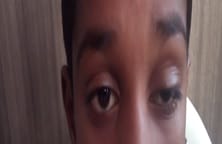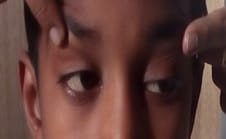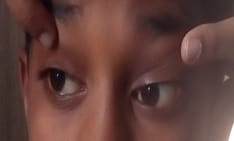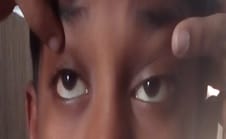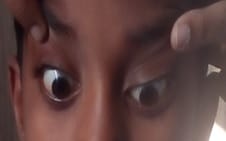Seeking spark- ocular myasthenia gravis in a juvenile – an Indian case report
Usha BR.1, Nandhini K.2, Chaitra MC.3*
DOI: https://doi.org/10.17511/jooo.2020.i07.04
1 Usha BR, Associate Professor, Department of Ophthalmology, Sri Devaraj Urs Medical College, Kolar, Karnataka, India.
2 Nandhini K, Former Post-Graduate, Department of Ophthalmology, Sri Devaraj Urs Medical College, Kolar, Karnataka, India.
3* Chaitra MC, Assistant Professor, Department of Ophthalmology, Sri Devaraj Urs Medical College, Kolar, Karnataka, India.
Myasthenia gravis (MG) is a rare autoimmune disorder affecting neuromuscular junction by muscle weakness. Myasthenia gravis can be generalized or localized as ocular myasthenia gravis. Case presentation: We report an 8-year-old boy who presented with 10 days history of drooping of both eyelids and 8 days history of diplopia. Examination revealed bilateral ptosis. A diagnosis of Juvenile Ocular Myasthenia gravis was made when symptoms improved with intramuscular Edrophonium administration. He was commenced on oral Neostigmine at a dose of 2mg/Kg/ day,4 hourly in divided doses and is on regular follow up and had a good response. Conclusion: Ocular Myasthenia gravis (OMG) is a rare disease in itself. A high index of suspicion is required in a juvenile as it is even rarer.
Keywords: Ocular myasthenia gravis, Juvenile myasthenia, Oral Neostigmine, Ptosis, Diplopia
| Corresponding Author | How to Cite this Article | To Browse |
|---|---|---|
| , Assistant Professor, Department of Ophthalmology, Sri Devaraj Urs Medical College, Kolar, Karnataka, India. Email: |
Usha BR, Nandhini K, Chaitra MC. Seeking spark- ocular myasthenia gravis in a juvenile – an Indian case report. Trop J Ophthalmol Otolaryngol. 2020;5(7):190-193. Available From https://opthalmology.medresearch.in/index.php/jooo/article/view/162 |


 ©
© 